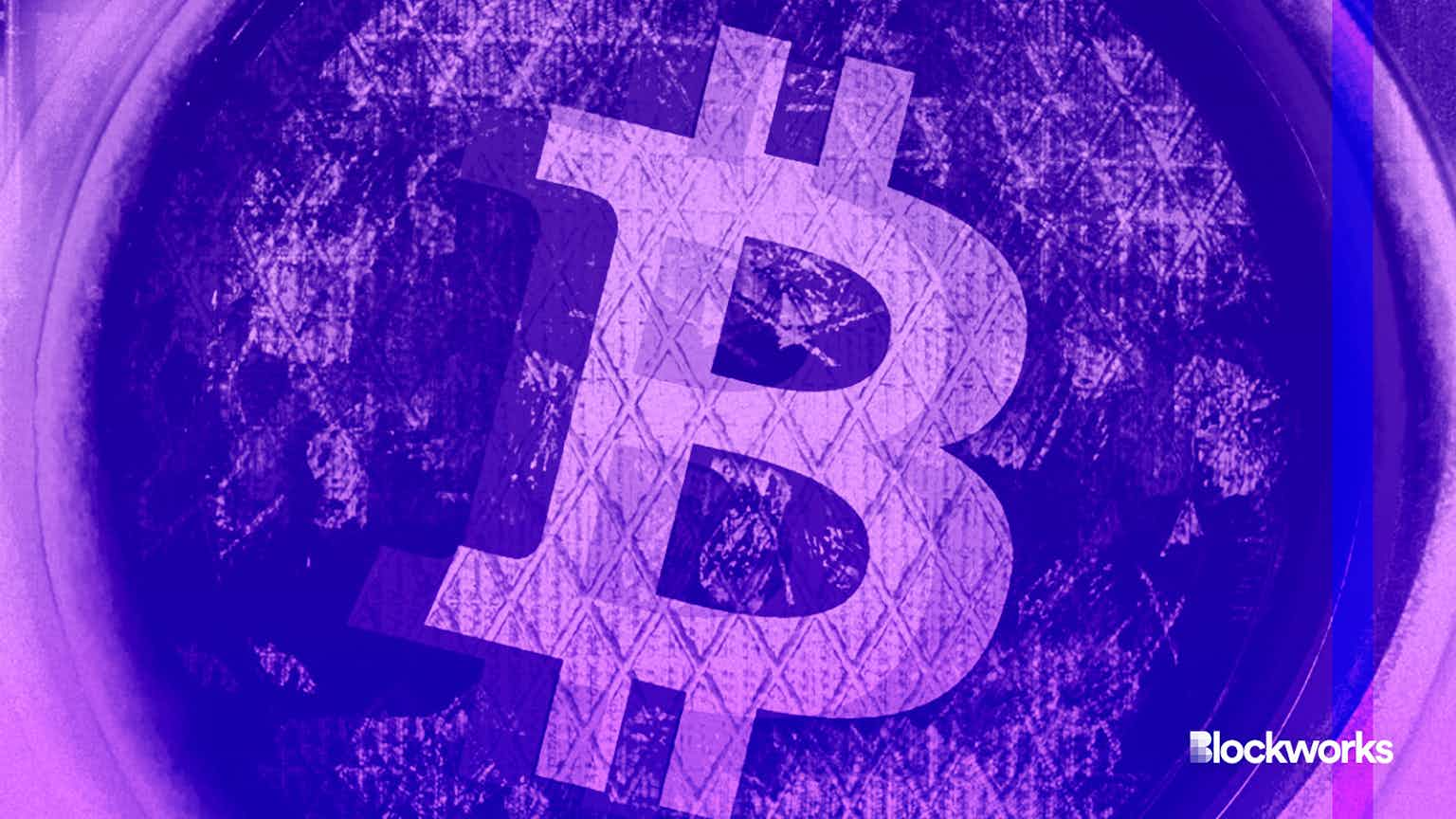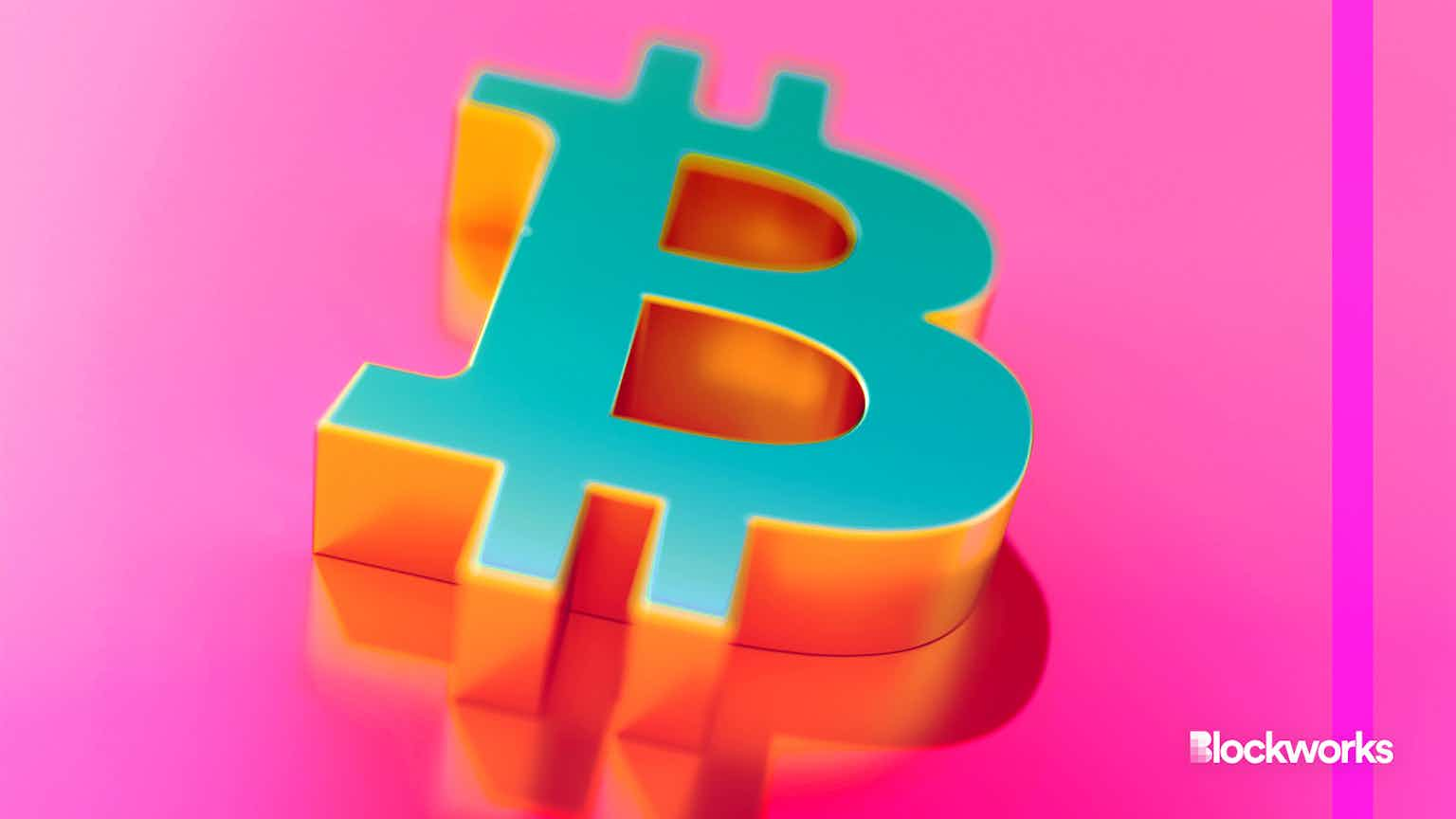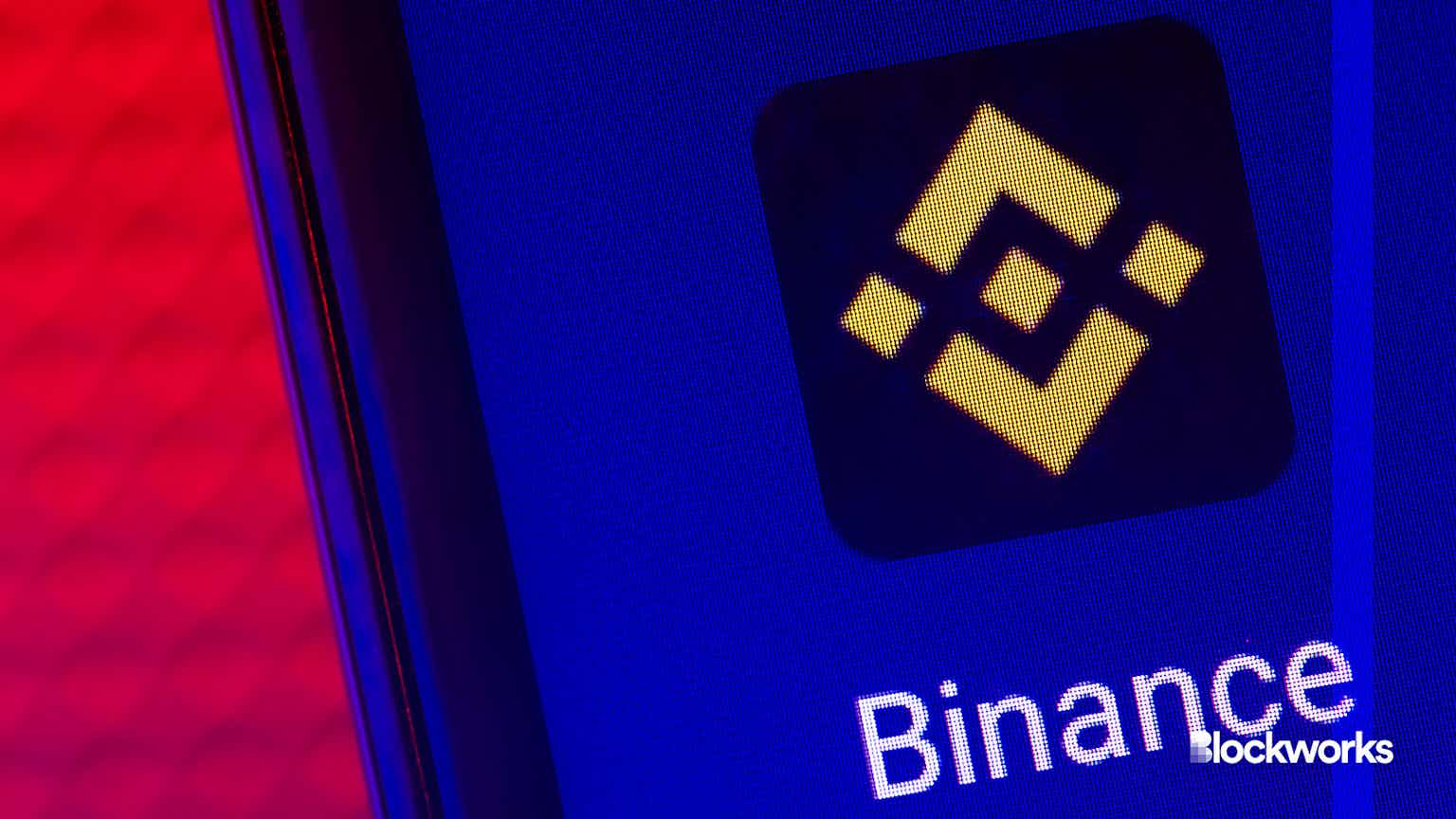The End of BUSD? On-Chain Metrics Paint a Bleak Picture
After facing regulatory scrutiny in the US, Binance’s BUSD could be heading the way of the dodo, according to on-chain data and analysts

Skorzewiak/Shutterstock.com modified by Blockworks
Binance’s stablecoin (BUSD) is barely treading water.
After stablecoin issuer Paxos was directed by the New York Department of Financial Services to cease minting fresh BUSD last month, the asset has begun to exhibit signs of decay.
According to other on-chain metrics, the risk of capital flight from the world’s third-largest stablecoin project now appears greater than ever before.
Dmitry Lapidus from crypto-native investment fund Dragonfly told Blockworks that over the past few months, several individuals have begun to investigate the mechanics of BUSD after observing discrepancies in on-chain data.
Data from Glassnode shows the seven-day moving average of active addresses for BUSD has hit a four-month low of 96.3. The number of sending addresses has also breached a four-month low of 53.7.
Assets held on Binance and pairs quoted in BUSD, or assets traded in the Binance ecosystem will likely be subject to industry-wide de-risking.
Data now points to falling activity which, coupled with declining receiver addresses and a market cap in freefall, could spell doom for the nascent project. Following the SEC probe, the circulating supply of BUSD has decreased by 37%.
“This likely signals the end of BUSD as we know it, given Binance was recently offloaded by its last US on/off-ramp bank in the past few weeks,” Lapidus added in relation to Signature Bank.
Adding to regulatory pressure, the Securities and Exchange Commission (SEC) issued Paxos a Wells Notice — an alert for potential SEC enforcement action — at roughly the same time.
The regulator believes BUSD constitutes a security and is therefore in violation of federal laws based on yield generated from users staking via its Earn program at 2.86%.
Both instances have raised concerns from onlookers about the way policing of crypto appears to be coming from “regulating by litigation” rather than through remedial discourse.
“It is curious why the SEC chose to target the stablecoin issuer, Paxos and not Binance,” Ivan Hong, content lead of crypto payroll firm Request Finance told Blockworks.
Coinbase was previously served a similar notice by the SEC for offering to provide a yield service for USDC, but Circle, the issuer of the stablecoin, was not. CEO Brian Armstrong defended the exchange’s staking product on Wednesday saying it should not be classified as a security.
Trouble for BNB Chain
Two different “BUSD” products are available to users. The first is a regulated stablecoin issued by Paxos that is backed by fiat and subject to regulatory oversight.
Paxos has been responsible for the creation and redemption of BUSD, since 2019, operating on the Ethereum blockchain through a licensing agreement with Binance. That agreement will come to a close in February 2023.
The second is an unregulated stablecoin called Binance-Peg BUSD, which is independently minted by Binance on other blockchains and pegged to BUSD on a one-to-one basis, allowing for token swapping across various blockchains.
The issuer will enable its new and current customers to either exchange their Ethereum-based BUSD tokens for Pax Dollars or redeem their funds in fiat. It appears that the message has not been lost on market participants.
“It became clear that the non-ETH BUSD was at multiple times undercollateralized, something that Binance eventually was forced to admit and blamed on a ‘timing mismatch,’” Lapidus said.
Andrew Thurman, a Nansen researcher, told Blockworks both the Binance exchange and its BNB chain need to pivot to a new stable asset pegged 1:1 to the US dollar.
Many of the primary liquidity pools on Binance Smart Chain are dominated by BUSD. In contrast, the disappearance of BUSD on Ethereum will have a limited impact on DeFi, with just $11 million in Aave, for example.
On the other hand, on Binance’s own network, BNB Chain, a complete ecosystem will need to adjust to an alternative liquidity source, Thurman said.
“It’s never happened in crypto and I don’t know quite what it will look like,” he said.
Start your day with top crypto insights from David Canellis and Katherine Ross. Subscribe to the Empire newsletter.





